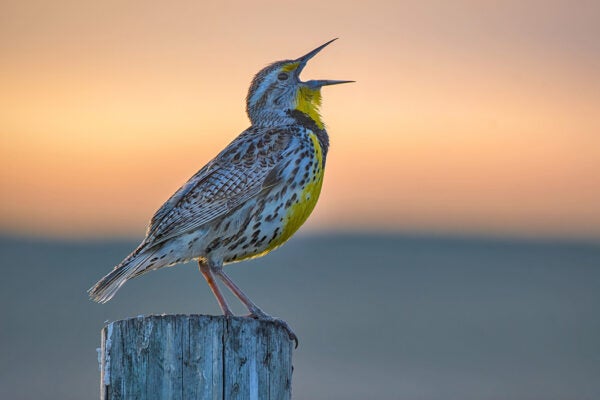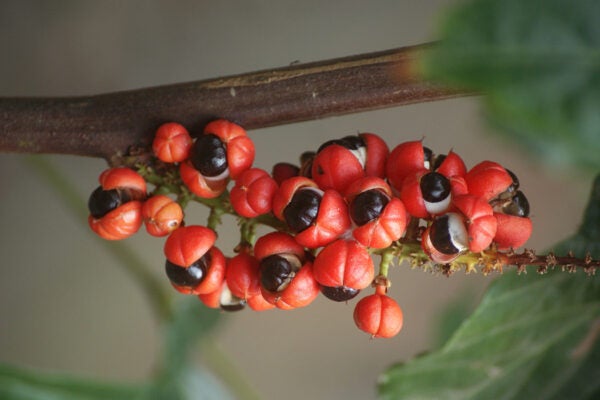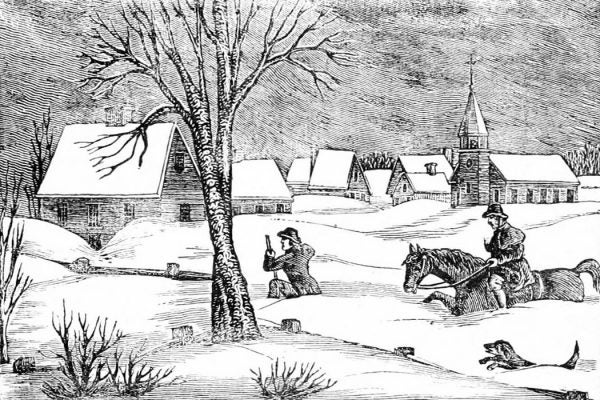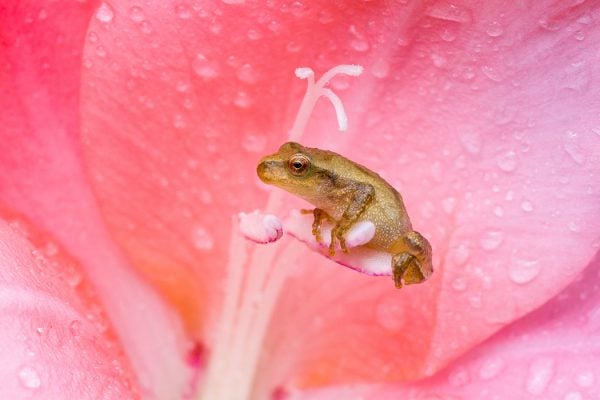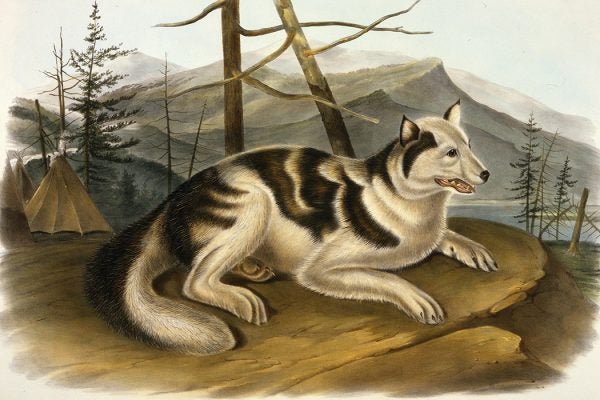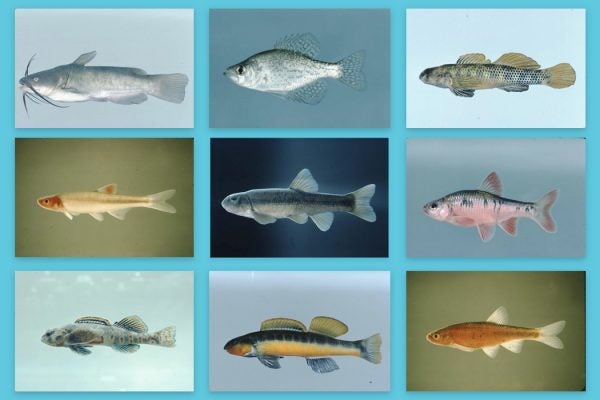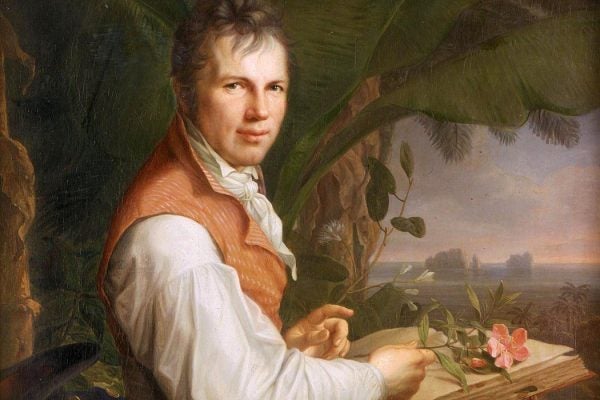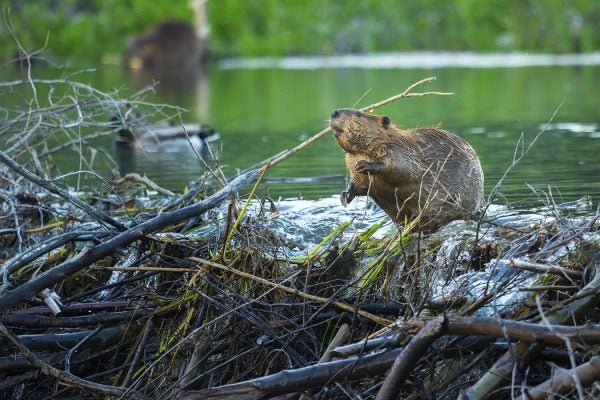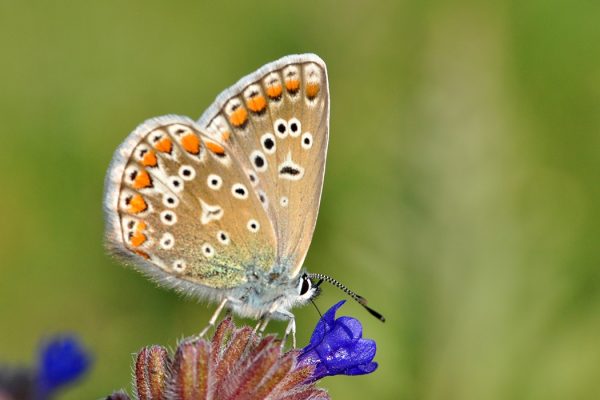Birding by Ear
How to learn the songs of nature’s symphony with some simple techniques.
Guaraná: Stimulation from the Amazon to the World
Long cherished by Indigenous peoples for its medicinal and stimulating properties, guaraná remains a key element of Brazilian identity.
The Snowy Winter that Devastated Colonial New England
For eleven days in February and March 1717, New England was hit with four major snowstorms. The devastation struck some as a sign from God.
Are Peepers Starting to Peep Earlier?
The call of the common frog species Pseudacris crucifer is a reliable marker of spring. Will climate change affect that?
The Dogs of North America
Dogs were prolific hunters and warm companions for northeastern Native peoples like the Mi'kmaq.
Migrating Birds Face an Unexpected Danger: Glass Buildings
Research shows that building collisions take a staggering annual toll on North America's bird population.
Freshwater Fish of Virginia
Roanoke College's Ichthyological Collection of over 800 freshwater fish documents the biodiversity we're losing at an alarming rate.
Who Was Alexander von Humboldt?
Remembering the work of the great naturalist Alexander von Humboldt, on the 250th anniversary of his birth.
The Busy, Beneficial Beaver
Americans have long viewed beavers as nuisances. But their dams are important for water management, helping to store and recharge depleted groundwater.
Why Conservationists Shouldn’t Forget About Insects
Insect conservation can be a tough sell. Lots of people simply don’t like bugs, and an endangered bug simply doesn’t pull on the heart strings.
